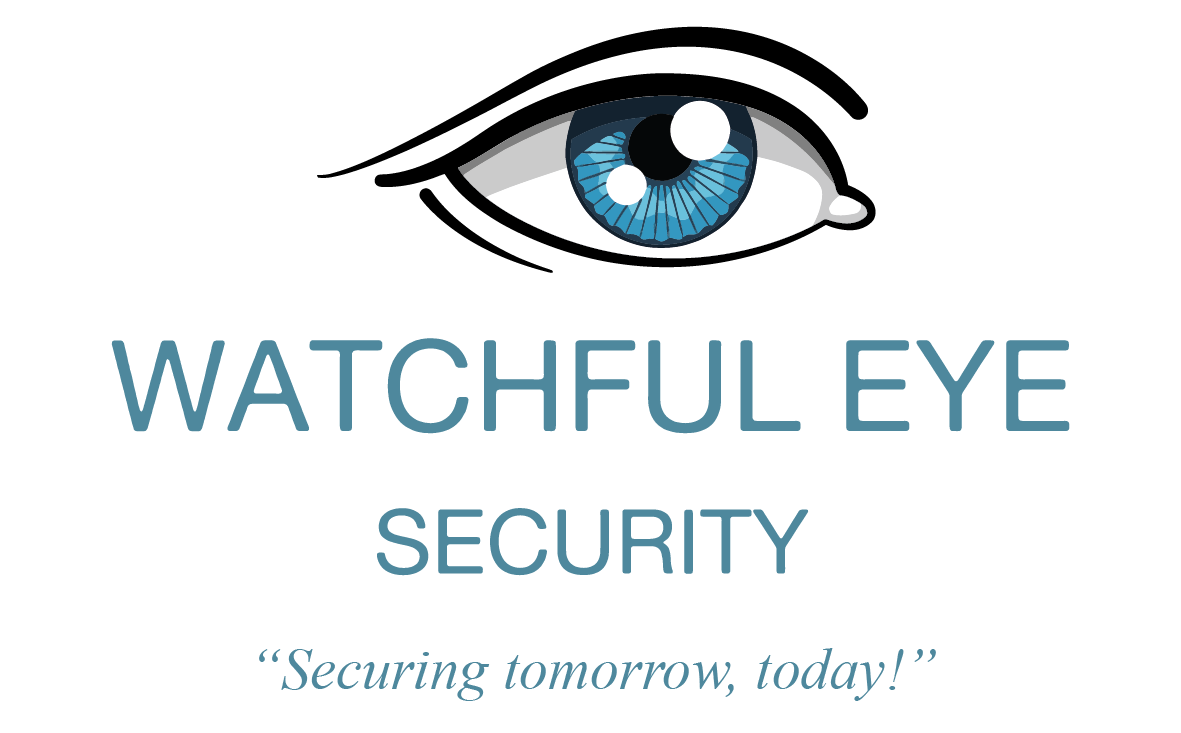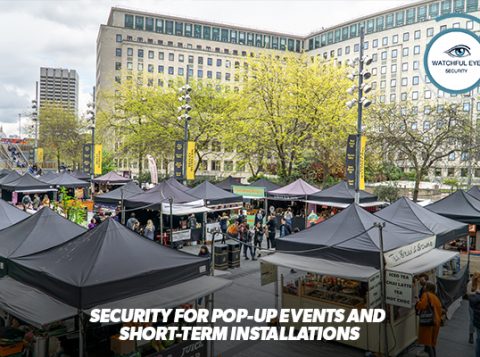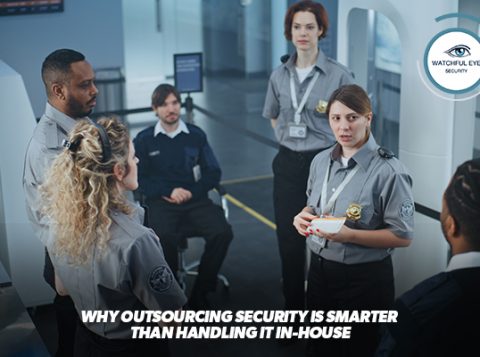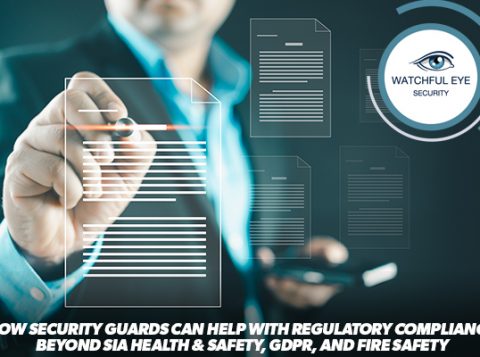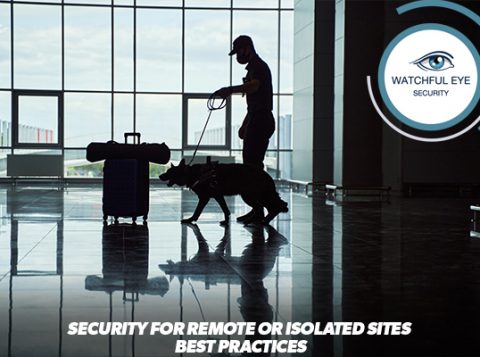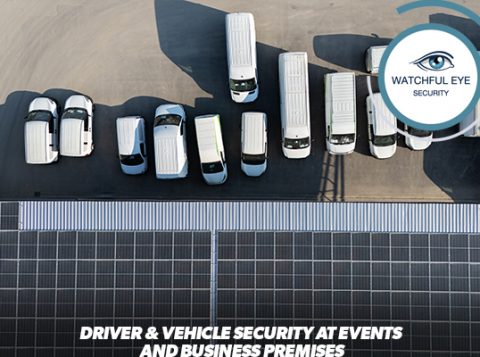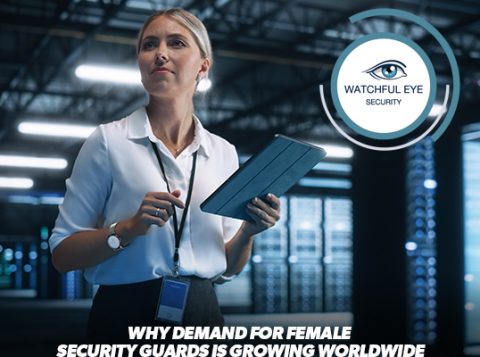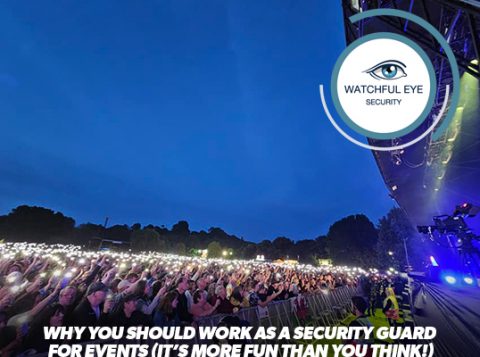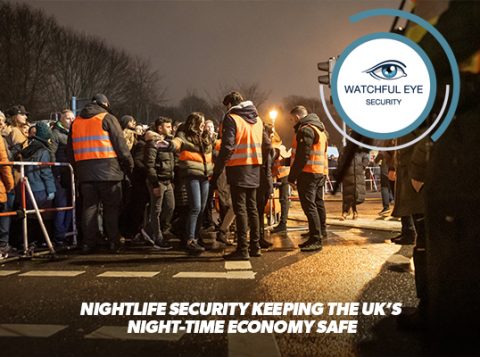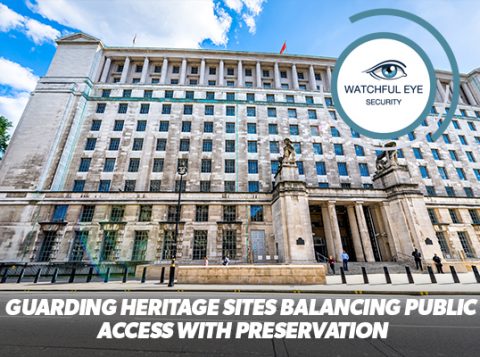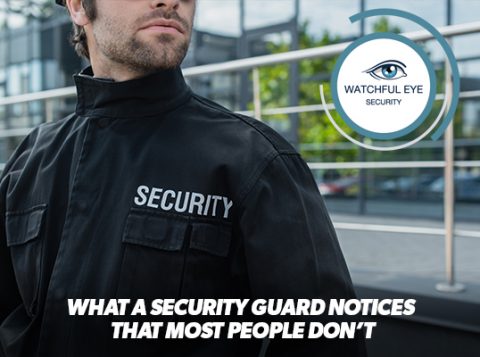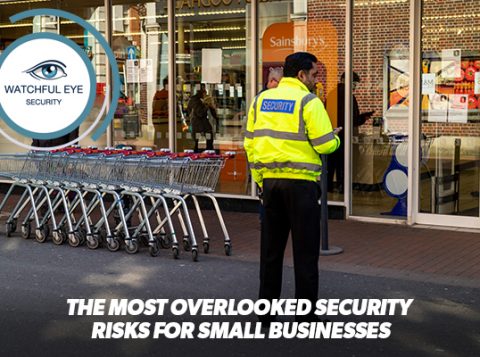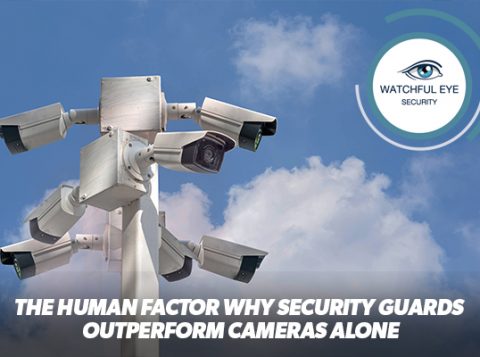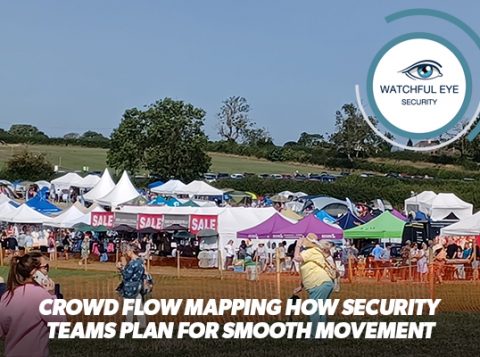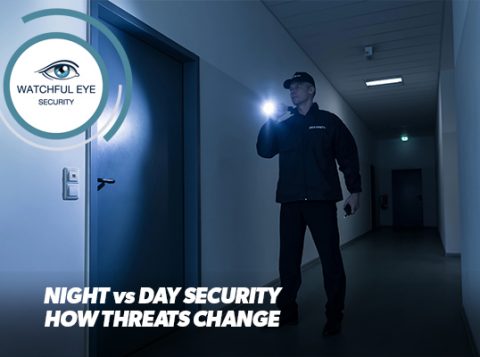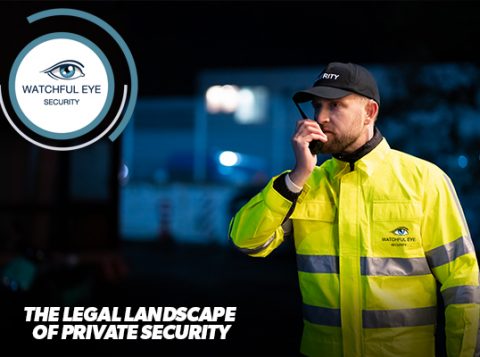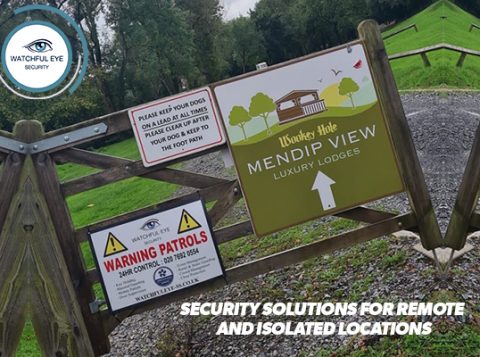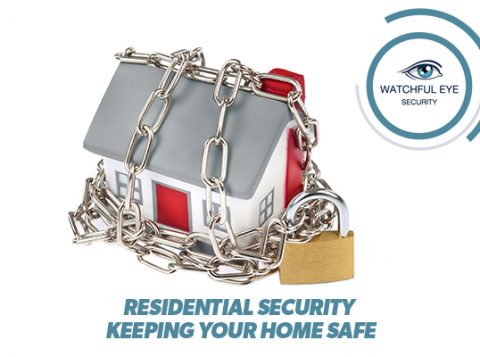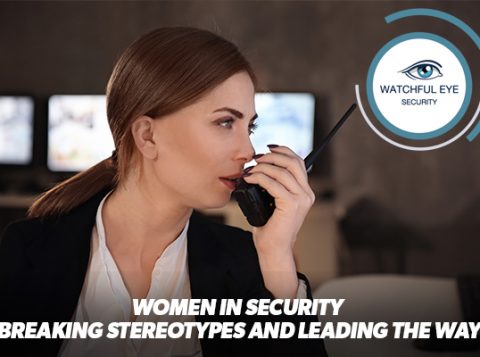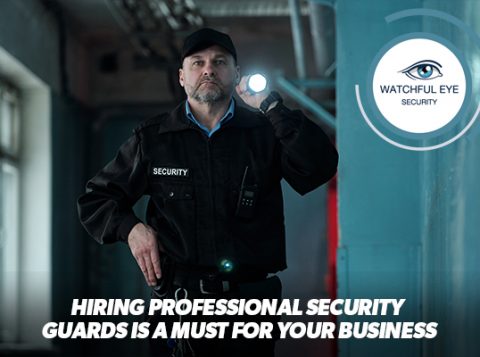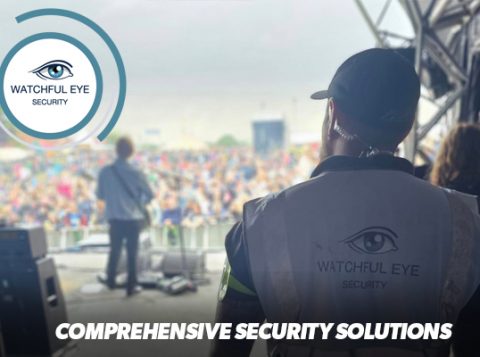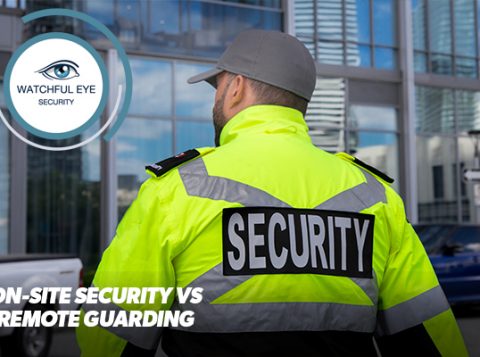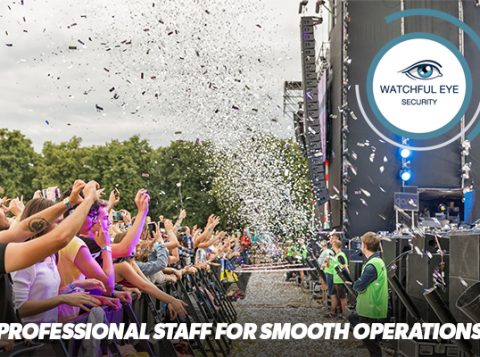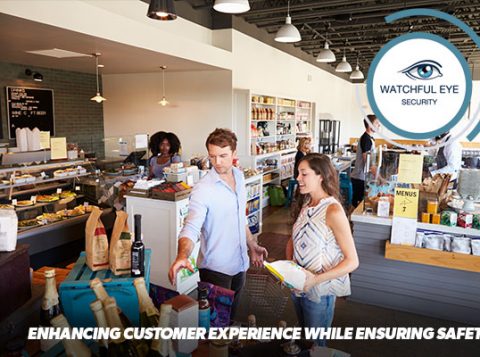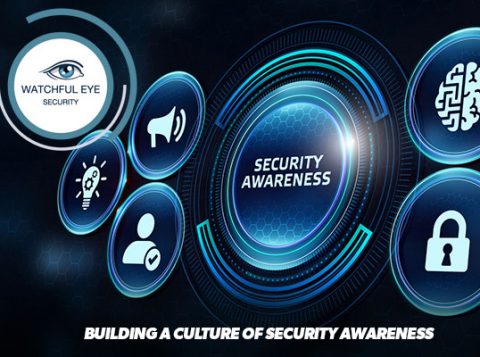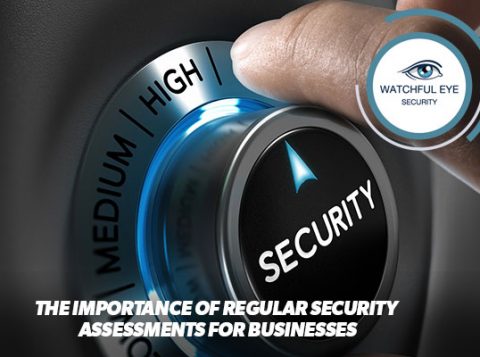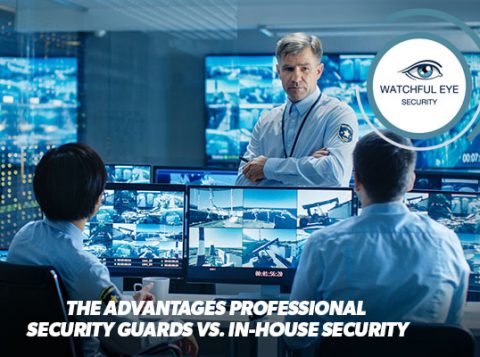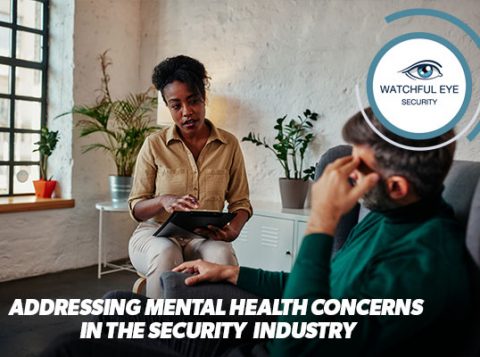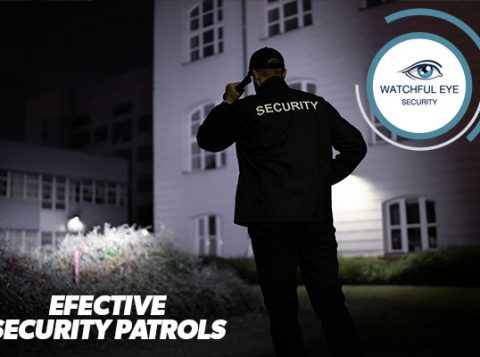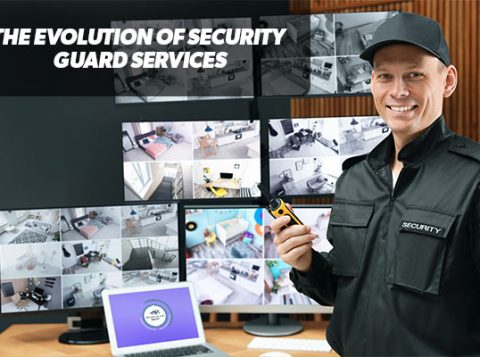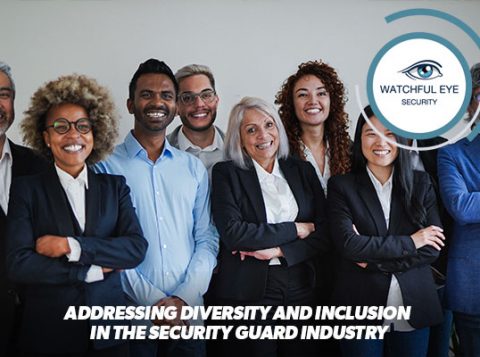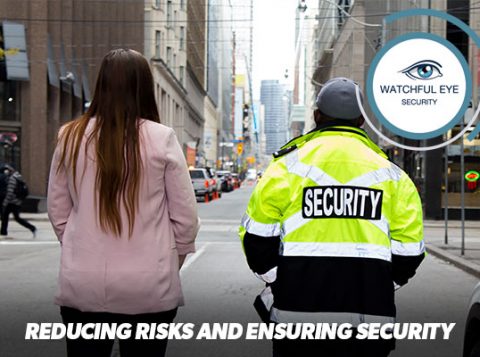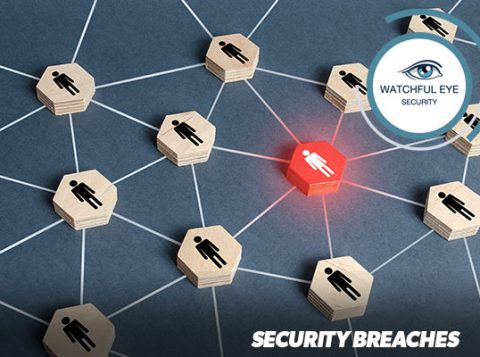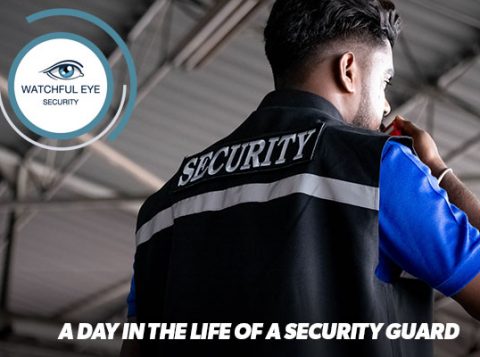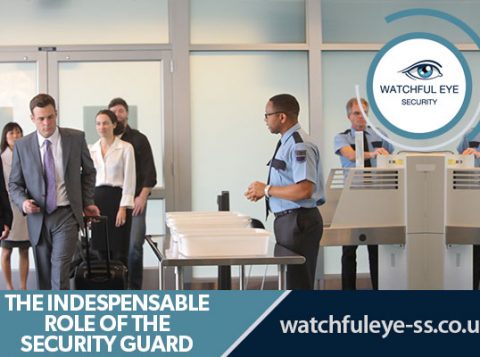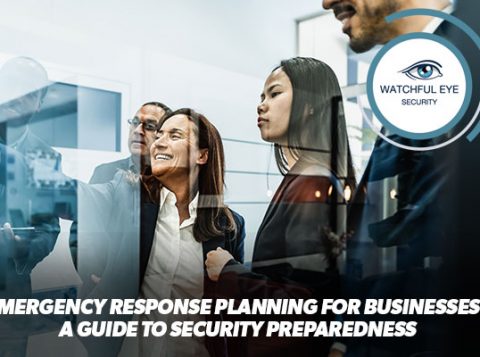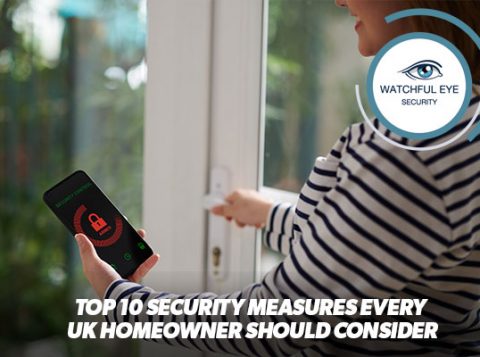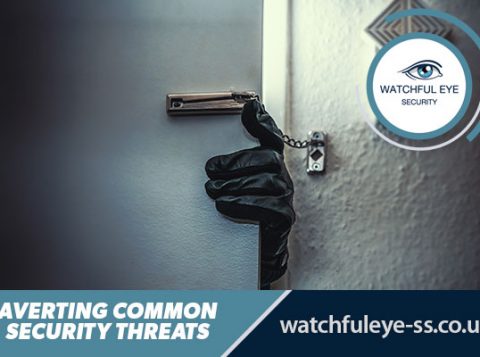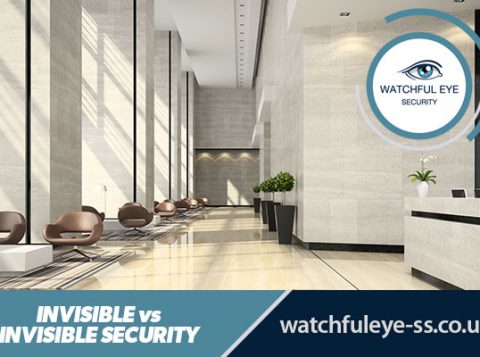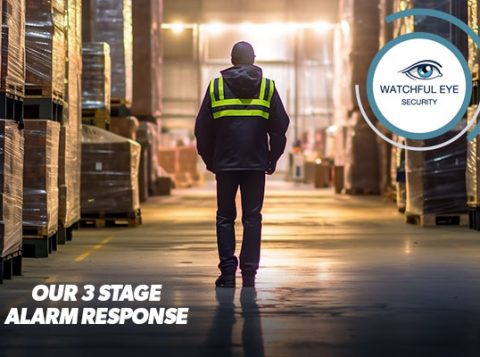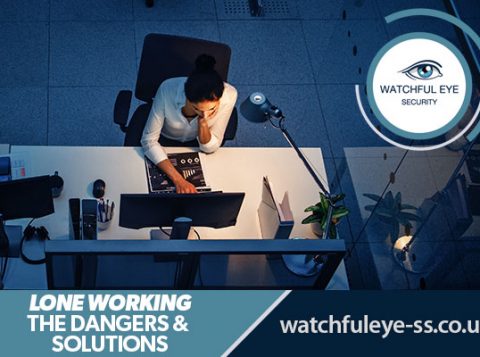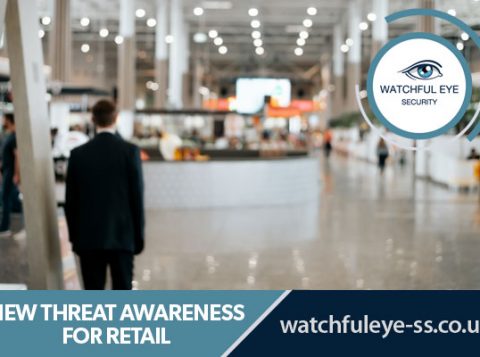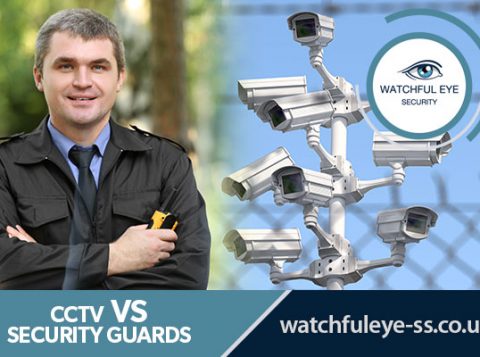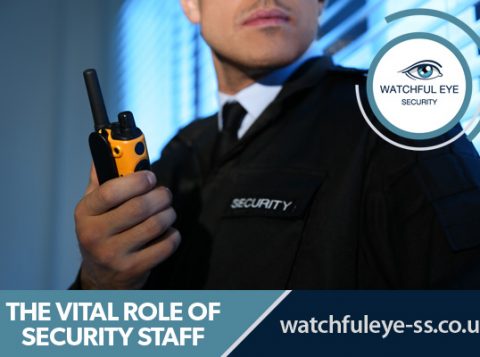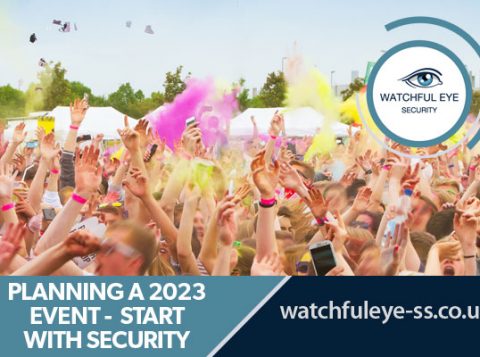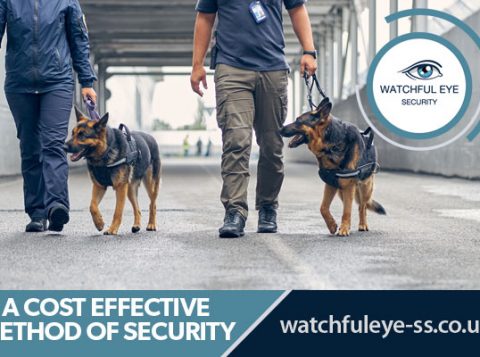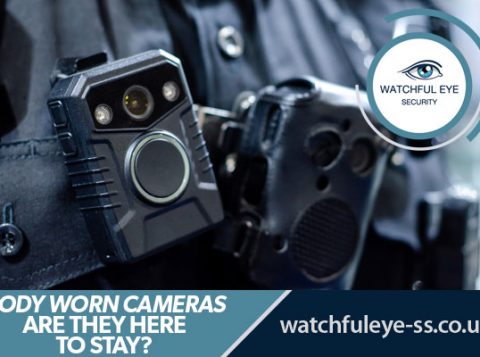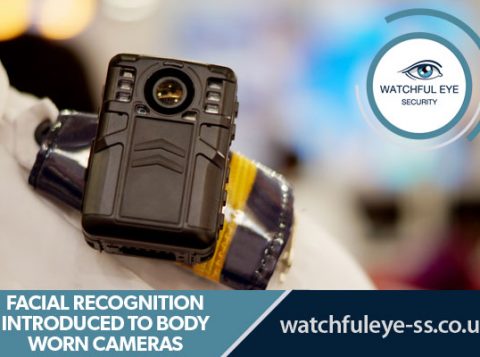
Security in Mixed-Use & Residential Developments: Unique Challenges and Solutions
Security in Mixed-Use & Residential Developments: Unique Challenges and Solutions
As urban areas continue to evolve, mixed-use developments have become a defining feature of modern cityscapes. These spaces—combining residential, commercial, retail, and leisure facilities—offer convenience, vibrancy, and community interaction. However, with their many benefits come complex security challenges that demand thoughtful and well-coordinated solutions.
Understanding the Unique Security Landscape
Unlike single-purpose buildings, mixed-use developments bring together a wide range of users—residents, employees, shoppers, visitors, and service providers. Each group interacts with the space differently, creating varying security needs and access requirements. For example, residents expect privacy and safety at all hours, while businesses require open accessibility during working hours. Balancing these competing priorities requires a careful design of both physical and procedural security systems.
The high volume of daily movement also increases the potential for unauthorized access or security breaches. Public spaces such as lobbies, car parks, and retail areas often serve as shared zones, making it more difficult to monitor and control who enters and exits. Additionally, the integration of residential units within busy commercial environments can create noise, privacy, and safety conflicts if not properly managed.
Key Security Challenges
A major challenge lies in access control. Ensuring that residents, employees, and visitors can move freely within their designated areas without compromising overall safety requires sophisticated systems. Traditional locks and keys are no longer sufficient. Modern developments rely on electronic access cards, biometric systems, or mobile-based credentials that can differentiate between users and their permitted zones.
Surveillance is another crucial aspect. CCTV systems must cover both public and private areas without infringing on personal privacy. Strategic camera placement and clear signage can deter crime while maintaining a sense of comfort and openness. Lighting also plays a critical role—well-illuminated pathways, parking areas, and entrances help prevent accidents and discourage criminal activity.
Emergency response and evacuation procedures present additional complexities. With different uses and occupancy types under one roof, it is vital to have coordinated safety plans. Fire alarms, communication systems, and security personnel must work seamlessly to ensure everyone can exit safely in the event of an emergency.
Effective Security Solutions
The most successful mixed-use developments adopt an integrated approach to security. This means combining physical measures, smart technology, and human oversight into one cohesive system. Security design should begin early in the planning process, with architects, engineers, and security consultants collaborating to create spaces that are both functional and secure.
Technology offers significant advantages. Intelligent building management systems can monitor multiple security functions in real time—access control, video surveillance, and intrusion detection—allowing for quick responses to potential threats. Artificial intelligence and data analytics can further enhance situational awareness by identifying unusual patterns or behaviours before they escalate into incidents.
Human presence remains equally important. Professional security personnel trained to handle diverse environments can provide reassurance and immediate response in situations where technology alone may fall short. Their role often extends beyond security, contributing to customer service and community engagement within the development.
Designing for Safety and Community
Security should never feel oppressive. The goal is to create an environment where residents and visitors feel safe yet free to enjoy the amenities around them. Thoughtful design—such as clear sightlines, natural surveillance, and intuitive wayfinding—can promote safety while preserving the welcoming nature of shared spaces.
Community involvement is another valuable layer of security. Encouraging residents and tenants to participate in safety awareness programs or neighborhood watch initiatives fosters a shared sense of responsibility. When people feel connected to their environment, they are more likely to report suspicious activities and support security measures.
Conclusion
Security in mixed-use and residential developments is a delicate balance of technology, design, and human touch. The diverse nature of these spaces demands flexible and intelligent solutions that adapt to the needs of different users without compromising comfort or accessibility. By integrating security into the foundation of design and daily operation, developers can create environments that are not only safe but also vibrant, inclusive, and sustainable for the communities they serve.
